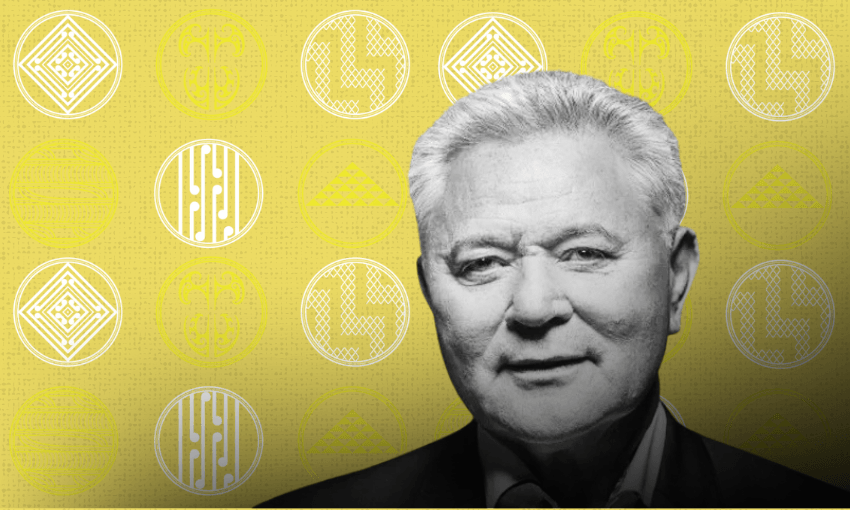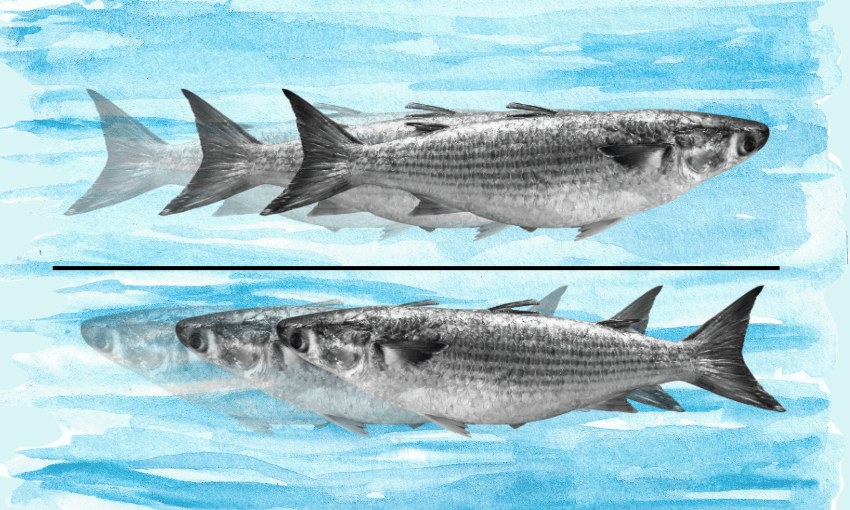The first changes in more than a decade have created uncertainty for 600 kaimahi – what happens next?
Last week, Whānau Ora made headlines with confirmation that the current North Island commissioning agency – the John Tamihere-led Whānau Ora Commissioning Agency (formerly Te Pou Matakana) – will end its role on June 30. The announcement sparked backlash from Te Pāti Māori, which labelled the decision by Te Puni Kōkiri a “political attack on the very existence of Māori-led solutions” and claimed the government was throwing away “20 years of success”.
On the same day, secretary for Māori Development (the head of Te Puni Kōkiri) Te Dave Samuels defended the move, saying that a fair and proper procurement process had been followed and that new commissioners would be announced once contract negotiations were completed in April. Later that evening, Te Rūnanga o Toa Rangatira publicly confirmed its “new role in the commissioning space for Whānau Ora, delivering vital services across Te Ūpoko o Te Ika, Manawatū-Whanganui, Taranaki, Heretaunga, Tairāwhiti and Waiariki”.
The conflicting narratives – one framing the decision as a devastating political move, the other as an exciting step forward – have left many wondering what’s actually happening. While full details remain confidential, what is clear is that at least one existing bidder (the Whānau Ora Commissioning Agency) was unsuccessful, while Te Rūnanga o Toa Rangatira is among those selected.
A brief history of Whānau Ora
In essence, Whānau Ora is a Māori approach to delivering social and health services to whānau. As a publicly funded initiative it’s existed in various forms since 2002, but embedding it as a core government approach was a landmark achievement of Māori Party leader Kahurangi Tariana Turia, something secured as part of a confidence-and-supply agreement between the Māori Party and National in 2008. The kaupapa emerged, following the report of a Ministerial Taskforce, in response to decades of government agencies dictating what was “best” for Māori, rather than recognising whānau as decision-makers in their own right. Given that history, many in the sector now fear the programme’s original intent is being eroded.While National largely moved away from explicit Māori-focused policies in the early 2010s, Whānau Ora was an exception – thanks to Turia’s leadership and her strong working relationship with then finance minister Bill English.
The current iteration of Whānau Ora began in 2014 with the establishment of three commissioning agencies: the Whānau Ora Commissioning Agency (North Island), Te Pūtahitanga o Te Waipounamu (South Island) and Pasifika Futures (Pacific families across Aotearoa). From the outset, each agency was given flexibility – as Te Puni Kōkiri put it at the time, “Each commissioning agency took a unique approach to the delivery of Whānau Ora, based on the needs and priorities identified through research and extensive whānau and family consultation.”
Whānau Ora’s impact and calls for change
Despite political controversy over the years, Whānau Ora has been widely regarded as effective. A 2018 review credited its success to culturally grounded approaches, the passionate workforce of Whānau Ora navigators, and strong provider support.
During the Covid-19 pandemic, the commissioning agencies played a critical role in supporting whānau. They distributed over 240,000 care packages to 138,000 whānau, reaching around 400,000 individuals. They also set up over 40 mobile clinics and testing stations, ensuring access to healthcare, particularly in rural areas.
However, the programme has not been without criticism. Calls for reform have largely been directed at the government rather than the agencies themselves. The 2018 review noted demand for Whānau Ora services was far outstripping funding, limiting its reach. It also found government agencies needed to better integrate Whānau Ora approaches into mainstream services and identified a need to improve service delivery in parts of the North Island. These concerns laid the groundwork for the changes we are now seeing.
Why the shake-up is not a total surprise
While some reactions have framed the changes as sudden, they have been in motion for months. Te Puni Kōkiri informed agencies in June last year that they would need to retender for their contracts. At the time, Pasifika Futures chief executive Debbie Sorenson said, “You can’t just keep rolling contracts year after year.”
The procurement process began with a registration of interest in October 2024, signalling a shift. Key changes included increasing the number of commissioning agencies from three to four, splitting the North Island into two separate regions and placing a greater focus on Whānau Ora navigators who work directly with whānau to help them achieve their aspirations.
Te Puni Kōkiri aimed to finalise decisions in February 2025 – so, if anything, the process appears to be only slightly behind schedule.
600 kaimahi in limbo: what happens now?
Beyond politics and procurement, the biggest concern in the immediate future is the impact on Whānau Ora kaimahi and providers. Over the weekend, reports emerged that around 600 kaimahi could be out of work.
During a radio interview earlier this week, John Tamihere said all those employed by Whānau Ora and its subsidiaries, including Waipareira Trust, would lose their jobs. “They’re not under threat – they’re over. The contracts, by contract law, have to be terminated.”
Tamihere has also indicated legal action is likely, saying Whānau Ora had “no other options under this regime”.
While the changes undoubtedly create uncertainty, the reality is that most provider contracts were always due to end in June. Pending renewal, staff and providers are not in a substantially different position today than they were last Monday.
However, the key question is whether new commissioning agencies will retain experienced staff and established provider relationships. It is unlikely that all 600 kaimahi will be left jobless – if only because the new agencies will want to capitalise on an already trained, highly skilled workforce. Even so, until the government provides more clarity around funding and contracts, anxiety will remain high.
The future of Whānau Ora: keeping the focus on whānau
Returning to the original vision of Kahurangi Tariana Turia, she often stressed that Whānau Ora was never about funding providers to “do to” whānau – it was about recognising their mana and capability. “My concern was always about how we could make sure Whānau Ora was driven by whānau first and foremost – not by governments, ministers, political parties, departments, providers, commissioning agencies – but by whānau.”
As Whānau Ora enters this next chapter, scrutiny is certain. But that must not contribute to chaos and instability. Regardless of who holds the commissioning role, the ultimate test is whether Whānau Ora funding continues to empower whānau to lead their own futures – as it was always intended to do.


